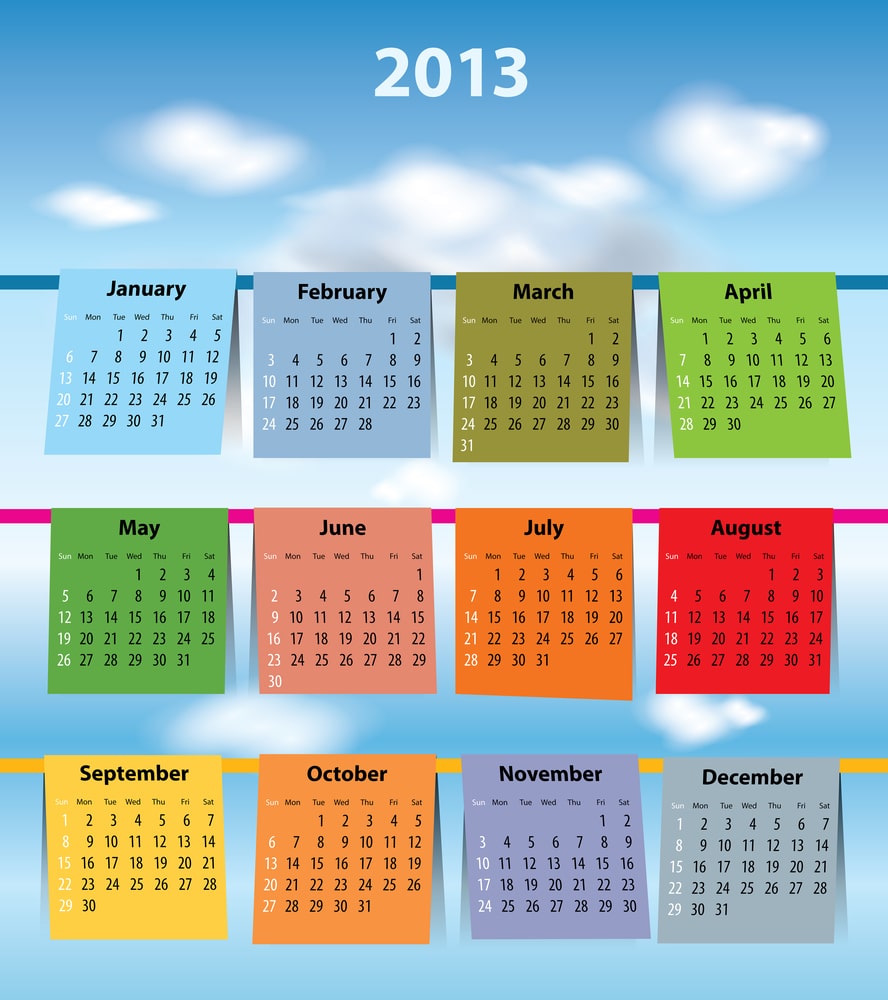 The price elasticity of demand is an economist’s way of describing what everybody who has ever had a business already knows: Generally, your price is determined by the market.
The price elasticity of demand is an economist’s way of describing what everybody who has ever had a business already knows: Generally, your price is determined by the market.
Wouldn’t it be nice to raise your prices and see no decrease in demand? You’d be rich! But somehow it doesn’t work that way. Unless you are selling necessities or you are the only game on town, the higher you go with your prices, the less demand there will be for your products.
This stretching between price and demand is called the price elasticity of demand. But, like a rubber band, you can only stretch it so far before it snaps and your market collapses.
In the rare cases where you actually get away with a price increase without a corresponding drop off in demand, you are experiencing what the experts call inelastic demand, the demand did not stretch away from the price increase as it does with elastic demand.
Whether demand for your product is elastic or inelastic has to do with several factors:
Velocity Price Point
Every category has a velocity price point. This is the price where most items in that category sell the fastest, and it is where there is the most demand. The velocity price point is determined by years of sales in your category. Most of the prices in your category are clustered around that price point. Demand drops off significantly when you exceed the velocity price point.
Most successful brands have to wait until the entire price point takes a price hike before they can raise their own prices. In the meantime, they must beg their suppliers to postpone any increases to them. Many suppliers will cooperate until the entire category moves upward pricewise since ultimately, their own business is at stake.
We have seen brands increase the price of their products and actually increase their sales! This is usually done through a comprehensive rebranding campaign or a long period off the market, long enough for the market to forget the previous price.
Many markets actually judge the quality of a produce by its price. The higher the price, they figure, the higher the quality. This, of course, is not automatically true. This theory is often challenged by lower-priced products that use exceptional value to create brand loyalty.
Ever product is in a category. The price of your product relative to the velocity price point of your category generally determines the demand. However, being the highest-priced product in your category attracts those who say they want the very best and assume that price is a good indicator; thus, these folks buy the top-priced items in that category. The producer, in this case, bets that even if they sell less products, due to price demand elasticity at the higher price, the fewer buyers paying more per item will make up the difference.
External Forces
As we know from the rule of supply and demand, scarcity tends to drive prices upward and over supply tends to drive them down. You, as a branded product producer, must ride this roller coaster to stay in business.
The problem is that your suppliers are somewhat insulated, so they may think, from your demand. They think they are in B2B, but they are actually in B2B2B2C! There is a consumer end-user who is driving demand up the supply chain. Unfortunately, it’s the product producer who bears the brunt of the squeeze. Your suppliers may not lower their prices to you and yet, you will be forced to lower your prices to save demand for your products.
Demand can be affected by a stock market crash, a natural disaster, tax increases, increasing fuel costs, or a collapsing real estate bubble. All of these can put immediate downward price pressure on the CPG producer but will often take much longer to put the same pressure on suppliers.
Elasticity Formula
Elastic Demand simply means that demand stretches away from price. There is even a formula for it. If the percentage change in quantity sold divided by the percentage of change in price equals less than one, the price is said to be elastic; if it is greater than one, it’s said to be in non-elastic; and if it is one, it is said to be unitary.
So basically, “elasticity of demand” is an economics term that CPG brand builders are painfully aware of. It measures the change of responsiveness or elasticity when nothing changes but the price.

